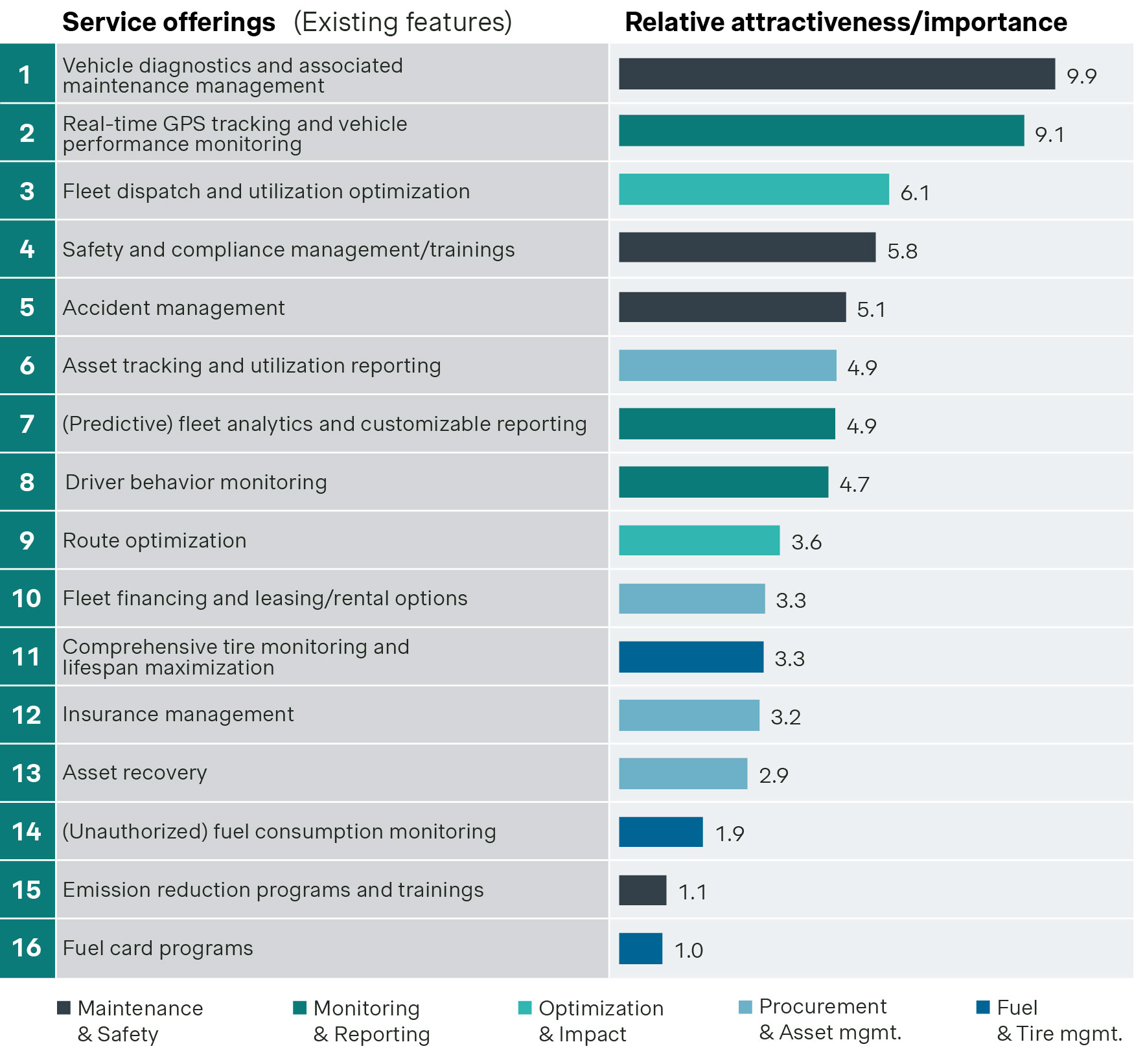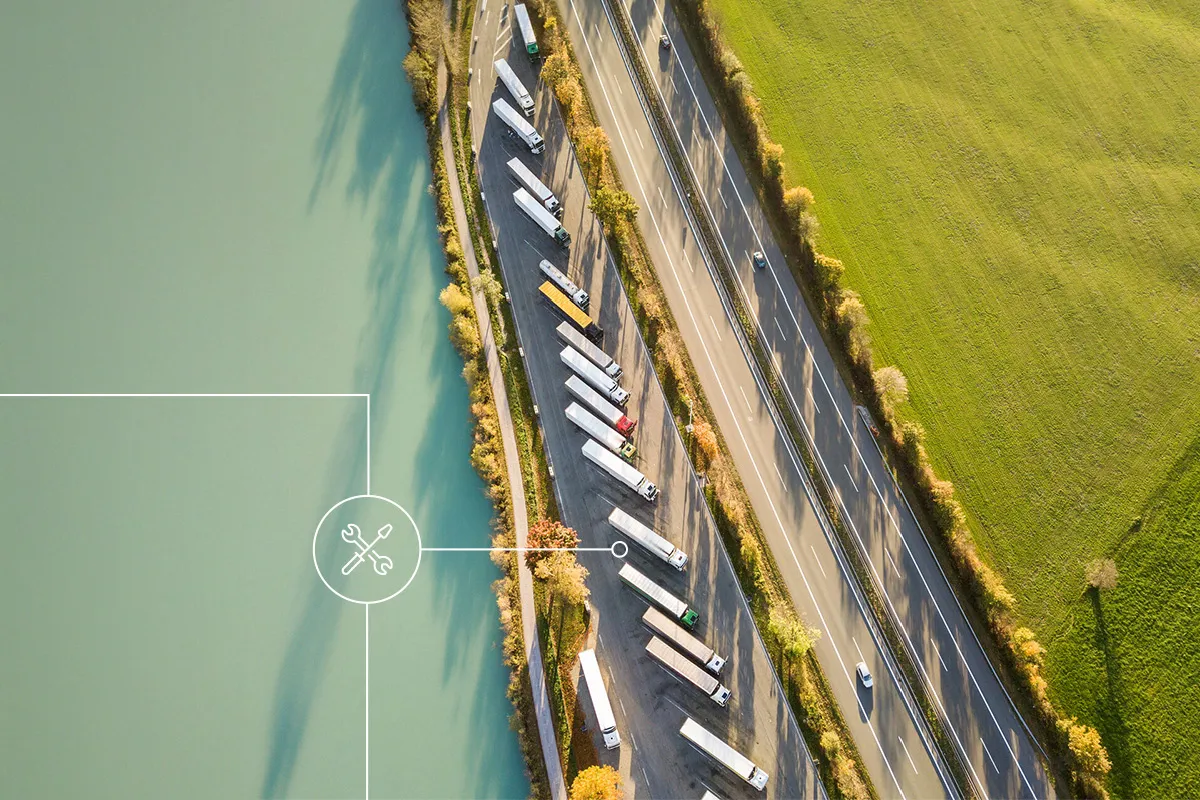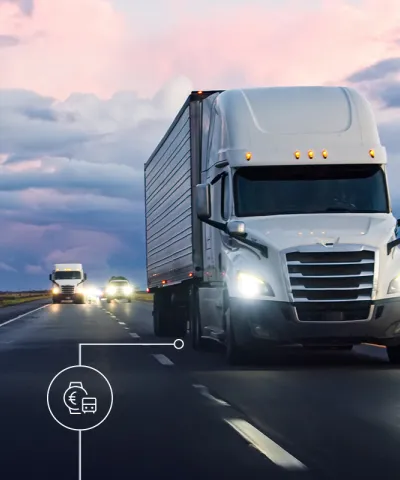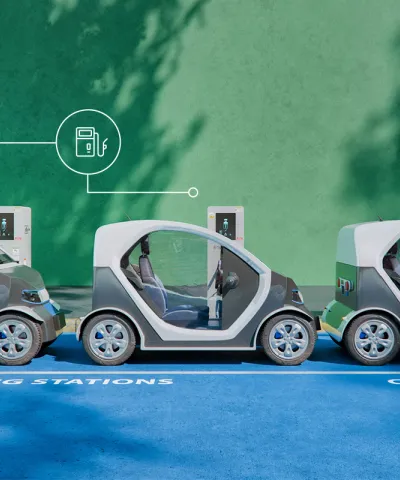About this series Simon-Kucher’s Fleet Growth Playbook is a five-part series that explores the commercial strategies reshaping the future of the automotive fleet ecosystem. From OEMs and leasing providers to mobility platforms and service networks, the series examines how players can stay competitive as electrification, digitalization, and cost pressures accelerate change. Each article in this series draws on insights from Simon-Kucher’s Fleet Study 2025 and examines a distinct commercial lever. This fourth installment focuses on bundling and ecosystem partnerships: how integrated solutions and cross-industry collaboration can simplify complexity for customers, unlock new revenue streams, and drive sustainable growth. |
Fleet customers want one contract, one solution. Partnerships unlock the opportunity
In a fragmented ecosystem, simplicity is a competitive advantage.
Fleet managers are increasingly overwhelmed by the complexity of coordinating vehicle procurement, telematics, charging infrastructure, fuel, maintenance, compliance, and driver services, all often sourced from separate vendors. The result? Rising administrative burden, disconnected systems, and value leakage across the lifecycle.
Our 2025 Simon-Kucher Fleet Study shows that fleet managers are pragmatic and prioritize practical solutions that keep their vehicles, drivers, and customers operating efficiently. They don’t have time for complexity. Rather, they need streamlined, nonsense tools that minimize downtime and maximize performance.
Importance of service components for fleet manager

At the same time, the shift to electrification and digital fleet management creates new demands for integration. Fleet providers can maintain their relevance by evolving from product or service sellers into solution orchestrators, delivering bundled offerings through ecosystem partnerships that drive customer value and commercial success.
The growing demand for integrated fleet solutions
Beyond the vehicle, today’s fleet buyers are looking for an end-to-end solution. Whether managing five vehicles or 5,000, they want:
One contract, one invoice, covering everything from leasing and maintenance to insurance and charging.
Simplified procurement, avoiding multiple vendor negotiations and disconnected service standards.
Integrated data and insights, consolidating telematics, performance, and sustainability metrics into one platform.
Predictability and transparency, especially around costs, compliance, and service levels.
The case for bundling is clear: it reduces friction, lowers total cost of ownership (TCO), and supports strategic goals like ESG compliance and operational efficiency. Bundling creates value through convenience, for which today’s fleet customers are willing to pay a premium.
What bundling looks like in the modern fleet space
Examples of integrated fleet solutions are multiplying across Europe and beyond:
Vehicle + telematics + maintenance + insurance offered through a single leasing contract.
EV leasing + home/workplace charging + charging cards + energy management delivered through OEM–utility–telematics partnerships.
Fleet management platforms that combine vehicle location, driver behavior, fuel/charge analytics, and carbon tracking in a unified dashboard.
One notable example is the Element-Samsara partnership in North America, which now offers an integrated operations platform. Going “far beyond traditional telematics”, it blends hardware, analytics, safety, and compliance tools for enterprise fleets.
The strategic role of partnerships
No single player can offer everything. To deliver comprehensive fleet bundles, providers need to build ecosystems across:
OEMs and leasing firms, who own the vehicle and finance layer.
Telematics and software providers, who offer connectivity and data intelligence.
Charging infrastructure companies, especially for electrifying fleets.
Fuel, tire, and maintenance networks, who provide uptime and lifecycle services.
Insurance and compliance partners, who add risk management and legal protection.
Bundling requires aligning commercial models, operational interfaces, and customer touchpoints. But the payoff is compelling: higher customer stickiness, broader share of wallet, and new revenue streams through cross-selling.
Challenges to overcome
Effective bundling solves customer problems by bringing the right services together. But too often, attempts fall flat due to:
Poor integration: If systems or user experiences don’t align, the bundle feels clunky or underdelivers.
Unclear value proposition: Without a strong customer case (cost savings, uptime, ESG), bundles risk looking like inflated packages.
Misaligned incentives: If partners aren’t commercially aligned (e.g., revenue sharing, lead generation), collaboration quickly unravels.
Pricing complexity: Improper bundling can erode margins or result in confusing offers that limit uptake.
To succeed, providers should start with customer needs then design backward using partnerships as enablers of seamless, high-value delivery.
How Simon-Kucher supports bundling and ecosystem strategy
At Simon-Kucher, we help companies move from fragmented offerings to fully integrated fleet solutions that deliver commercial and customer success. Our expertise spans both strategic and pricing dimensions of bundling:
Identifying high-impact bundle components that address top pain points across verticals (e.g., logistics, municipal, corporate fleets).
Designing modular offerings with clear upgrade paths and value-based segmentation.
Developing pricing strategies that capture the added value of simplicity, integration, and outcomes.
Structuring revenue-sharing models and go-to-market alliances that ensure partner alignment.
Quantifying the bundle’s business case, including TCO impact, administrative savings, and compliance ROI.
We’ve supported OEMs, mobility platforms, and service providers in scaling joint solutions that grow revenue while delighting customers.
Bundling isn’t just packaging, it’s positioning
Fleet customers want a partner who simplifies complexity and solves real problems. The path to delivering that promise runs through strategic bundling and partnerships.
Done well, integrated fleet solutions deepen loyalty, expand commercial reach, and support profitable differentiation. And considering the competitiveness and pace of change in the market, the ability to orchestrate ecosystems may soon be as critical as product quality or price.
Looking to create a bundled fleet solution your customers truly value?
Talk to Simon-Kucher about how to structure, price, and scale integrated offerings that drive growth through customer-centric partnerships.
Next up in the Fleet Growth Playbook series:
Value selling for fleet growth: Moving beyond TCO




